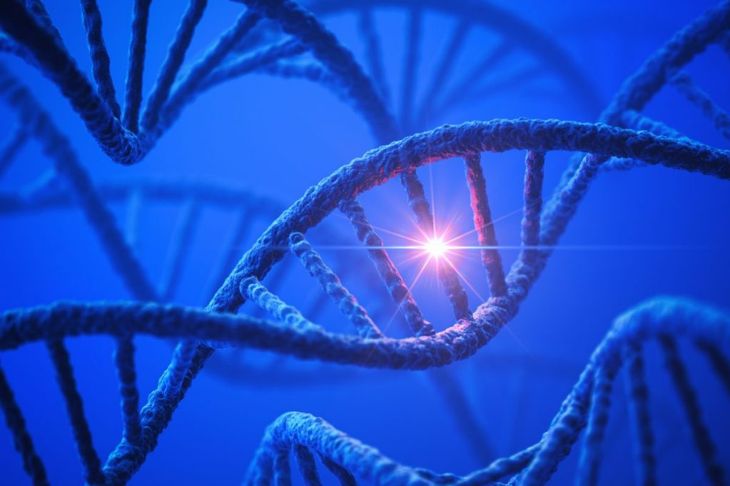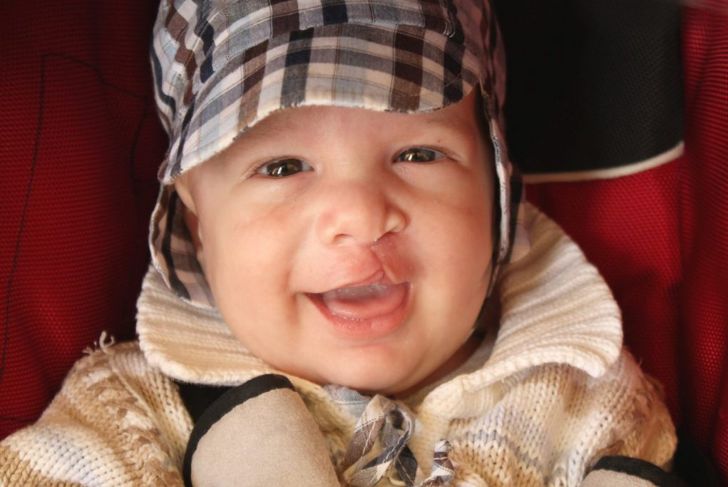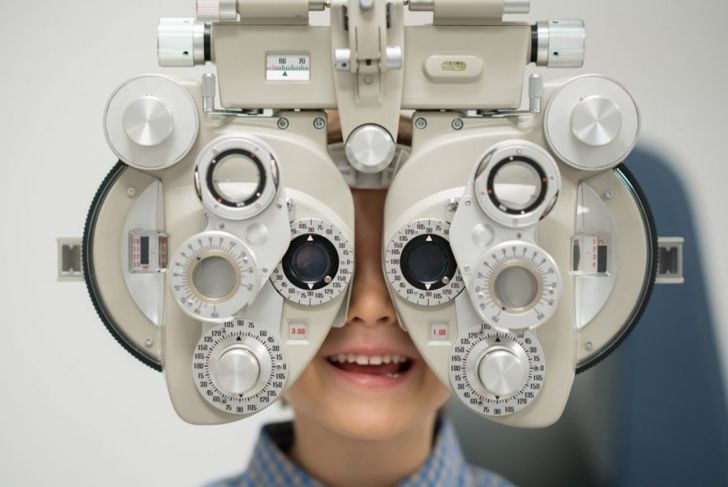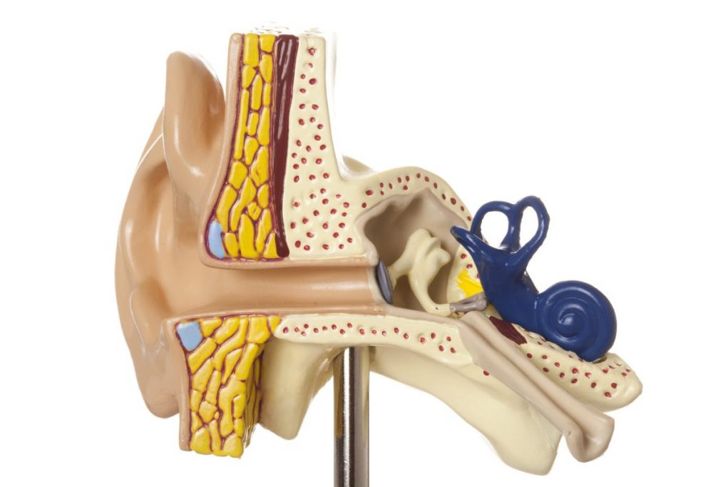Stickler syndrome affects around 1 in 7,500 people in the United States. The hereditary disorder causes mutations in specific genes, leading to signs and symptoms such as distinctive facial features and problems with hearing, vision, and joints.
What Causes Stickler Syndrome?
Stickler syndrome is a group of conditions that affect collagen, a protein found throughout the body that supports and connects skin, muscle, and bone. Collagen is also the main component of the cornea, vitreous humor, and sclera located in the eye. Stickler syndrome leads to mutations in the genes that activate the production of collagen. This, in turn, affects the quantity and quality of collagen production, leading to defects in the development of connective tissue.
The Role of Genetics
Family medical histories often indicate multiple cases of Stickler syndrome. Just a single mutated gene passed from parent to child can result in some symptoms of the condition. If one parent has Stickler syndrome, there is a 50% chance their offspring will receive the mutated gene. Spontaneous mutations can happen, leading to the development of the condition in a child with no family history. However, experts believe that, in most of these cases, one of the parents had a very mild mutation that never resulted in noticeable symptoms.
Symptoms: Facial Differences
One of the most noticeable symptoms of Stickler syndrome is distinctive facial features. The face may appear flattened due to underdeveloped cheekbones or nose bridges. Most common is a combination of three features, the “Pierre-Robin sequence”:
Cleft palate: an opening in the roof of the mouth
Micrognathia: the lower jaw is smaller than the upper
Glossoptosis: the tongue is in an abnormal position
This combination can lead to difficulties with breathing or eating. These symptoms can also appear individually.
Symptoms: Vision Issues
The eye contains a lot of collagen and, as such, can be affected by Stickler syndrome in various ways.
Extreme myopia or nearsightedness
Strabismus or crossed eyes
Degeneration of the vitreous (a jelly-like substance that fills the eyeball) makes floaters and tiny specks appear in the field of vision
Clouding of the lens (cataracts)
Increased pressure in the eye (glaucoma)
Retinal detachment (tearing in the lining of the eye)
Some of these issues may be noticeable from birth or when children are young. Others develop over time or are not noticed until later in life. If left untreated, many of these issues can lead to vision loss. Children with Stickler syndrome should see an eye doctor as soon as they experience any trouble with vision.
Symptoms: Hearing Loss
The degree of hearing loss experienced by people with Stickler syndrome varies and may progress over time. Abnormalities in the middle ear cause conductive hearing loss — sound waves do not travel across the ear correctly. Sensorineural hearing loss affects the inner ear and the ability of nerves to carry sensory input to the brain. Children with a cleft palate may experience a glue ear; a thick sticky fluid accumulates behind the eardrum and impairs hearing. Stickler syndrome also increases the risk of ear infections.
Symptoms: Joints
Skeletal abnormalities and joint problems are common in individuals with Stickler syndrome. Children and young adults may be hypermobile, with joints that are loose and overly flexible. Arthritis appears early, often before 40 years old. Weakness in the bones leads to osteoporosis and increases the risk of fractures, and individuals may also develop abnormal curvatures of the spine such as scoliosis and kyphosis, or flat vertebrae (platyspondyly). Some people may experience chronic back pain.
Diagnosing Stickler Syndrome
Doctors usually diagnose Stickler syndrome when the patient is quite young, especially when facial differences are present at birth. In some cases, symptoms take years to progress to the point where they are noticeable, and this can delay a diagnosis. Physical examination and a detailed medical history are the first steps in diagnosing the condition. Doctors may also order x-rays to show any spinal or joint abnormalities. Eye tests will reveal cataracts, retinal detachment, or vitreous degeneration, and hearing tests will check for distorted or loss of hearing.
Treatments
Although it lacks a cure, Stickler syndrome is not life-threatening and those with the disorder generally live normal lives. Most symptoms have suitable treatments. A team of specialists including geneticists, ophthalmologists, orthopedic surgeons, audiologists, plastic surgeons, and pediatricians will coordinate the best treatment plan that will provide the greatest quality of life.
Therapies
Prescribed treatments vary depending on the severity of the condition. Hearing aids help with a loss of hearing, and corrective lenses can treat myopia. Physical therapy helps with mobility issues due to joint stiffness and other symptoms. Leg braces, canes, or arch supports can make walking easier. Speech therapy can help children work around their hearing loss. Though Stickler syndrome does not affect intelligence, some children with severe hearing or vision issues may require extra educational assistance.
Surgery for Stickler Syndrome
Surgery may be necessary to correct certain symptoms. A tracheostomy can improve breathing in newborn babies with the Pierre-Robin sequence. When the child is old enough, they can receive jaw surgery and cleft palate repair. If Stickler syndrome causes ear issues, surgeons may insert a small tube into the eardrum. Eye surgery can remove cataracts or reattach the retina. Some people may require joint replacements if they develop arthritis, and braces can address abnormal curvature of the spine. In extreme cases, surgeons may perform corrective and fusion surgeries.

 Home
Home Health
Health Diet & Nutrition
Diet & Nutrition Living Well
Living Well More
More




















